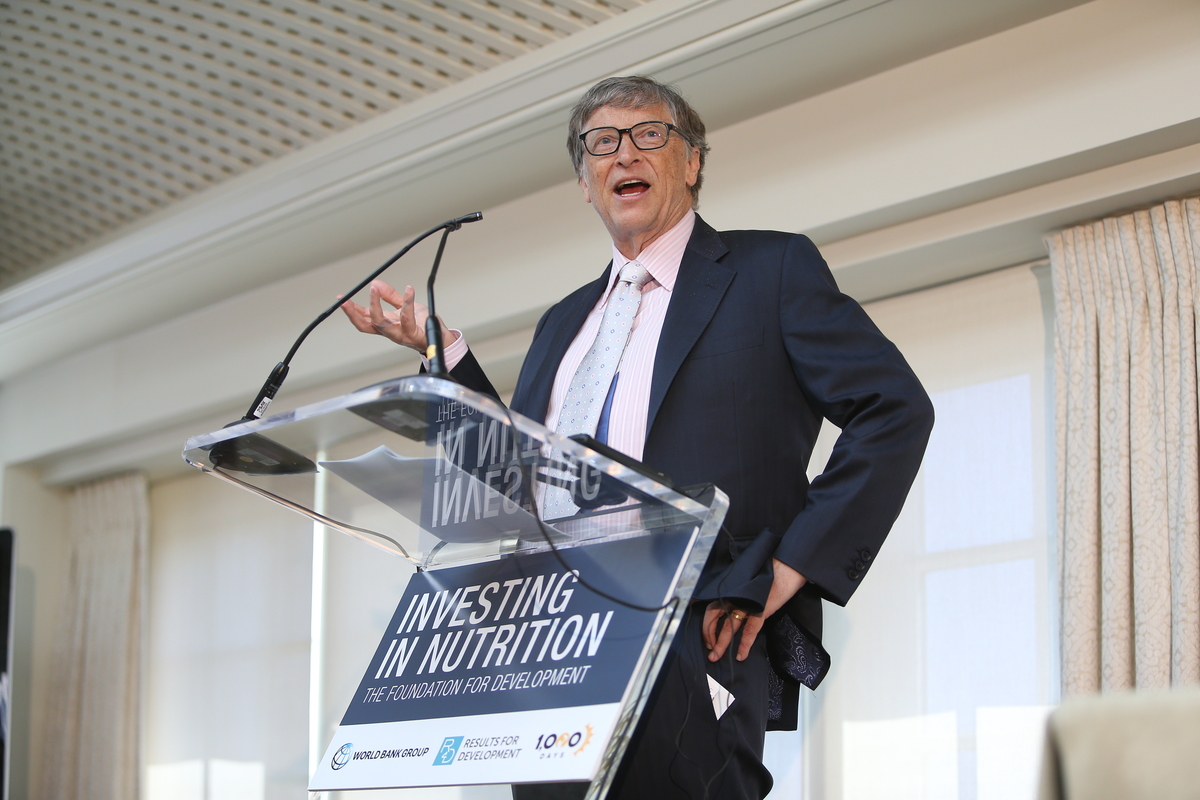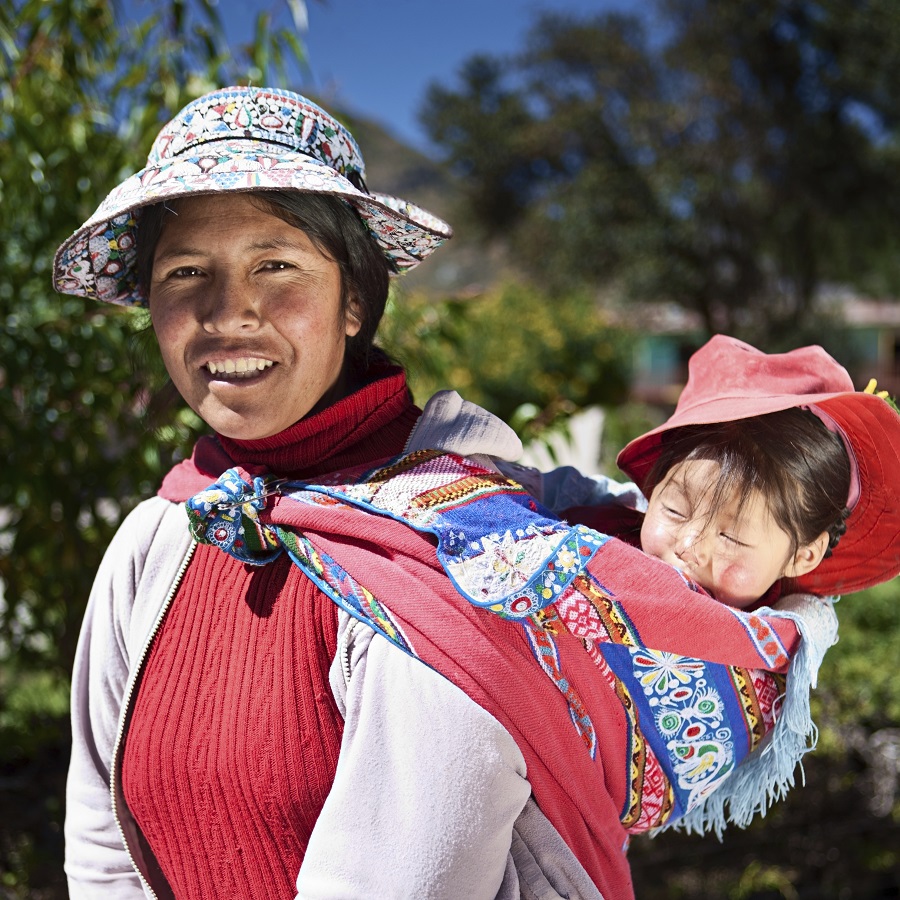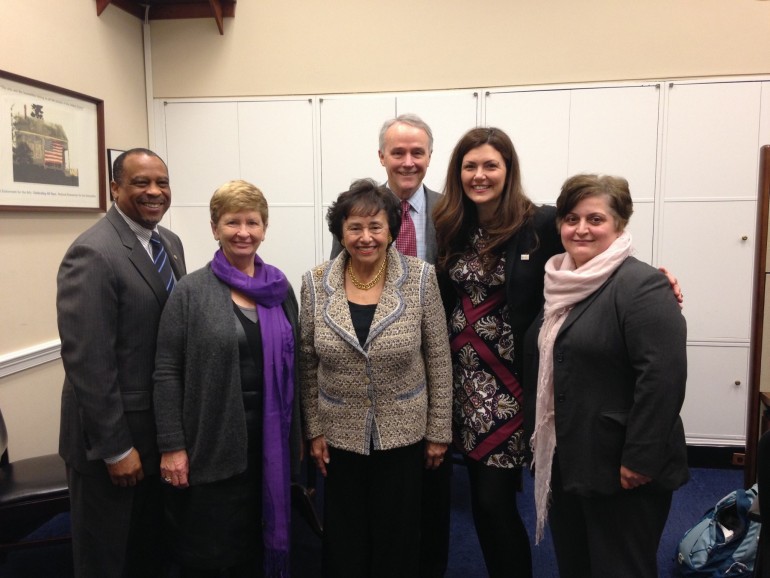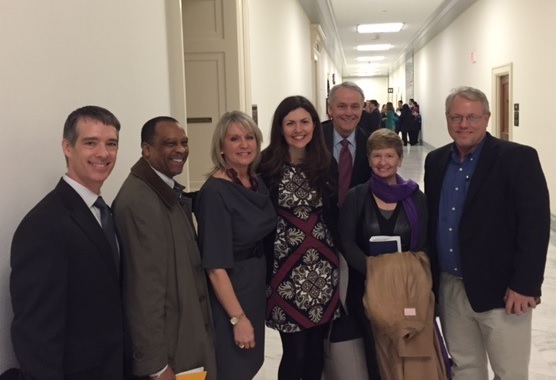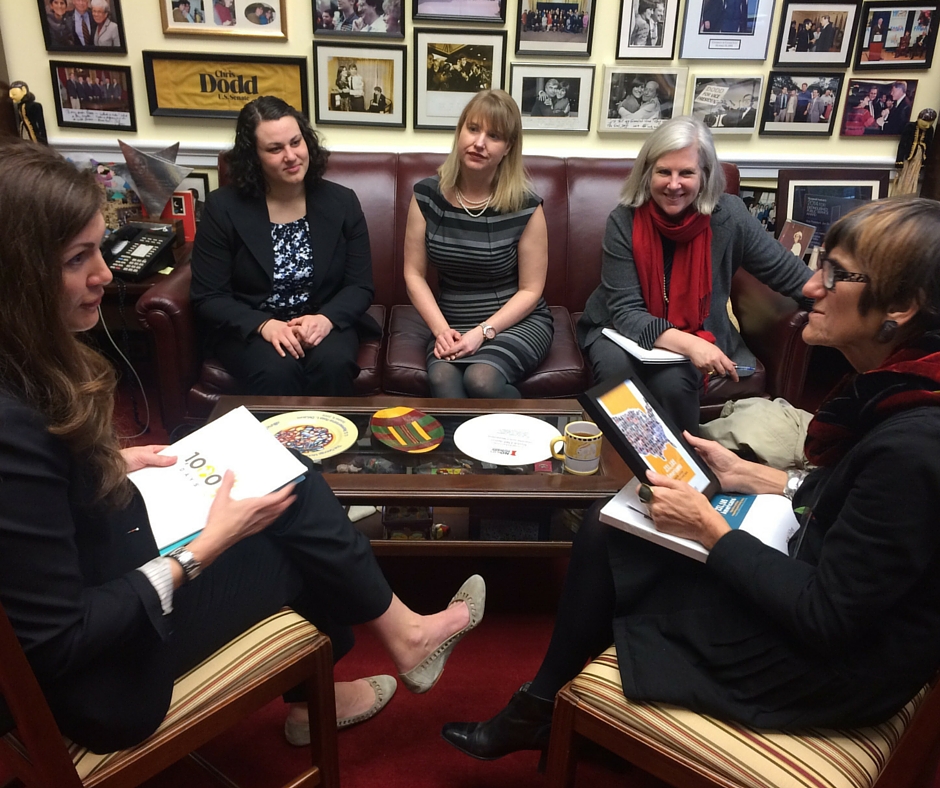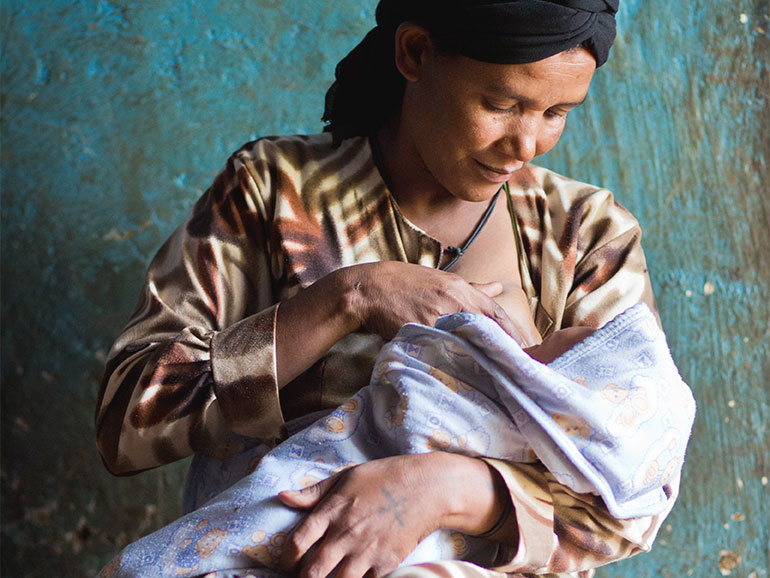We’re Igniting a Movement to Give All Kids a #FAIRSTART
With the lighting of the Olympic torch today, we’re igniting a different kind of movement. We’re teaming up with athletes and partners – including Athletes for Hope, the Bill & Melinda Gates Foundation and many others – to shine a light on the issue of malnutrition around the world.
More than 100 Olympic athletes – past, present and hopefuls – are joining 1,000 Days and demanding that this Olympics, world leaders give kids everywhere a #FAIRSTART in life by starting the race to end malnutrition.
So why is nutrition the issue that these Olympic athletes are choosing to highlight at such a critical time? They know better than anyone that in life – as in sports – how you finish is largely determined by how you start. They are at the culmination of a lifetime of preparation and training that started with access to basic nutrition in their first 1,000 days of life. And this has played a role in getting them to where they are today.
The health and development benefits a child receives in this critical 1,000 day window from a woman’s pregnancy through her child’s second birthday can never be lost, nor can they be regained if the window is missed.
Unfortunately, too many kids throughout the world start out life at a big disadvantage due to malnutrition. Almost 50% of all childhood deaths are a result of malnutrition. And 25% of all children are robbed of the chance to reach their full potential.
Athletes and supporters around the world are using the Olympic stage to highlight this incredible opportunity to ensure that children everywhere are given a #FAIRSTART to reach their own full potential in life—whether that takes them to the Olympics or just to other incredible heights, they all deserve the opportunity to be put on the right track.
We’re asking fans, parents and supporters everywhere to sign the petition urging world leaders to start race to end malnutrition this Olympics. Together we can give kids everywhere the #FAIRSTART they deserve!
You can help by signing the petition and sharing it with your friends.


